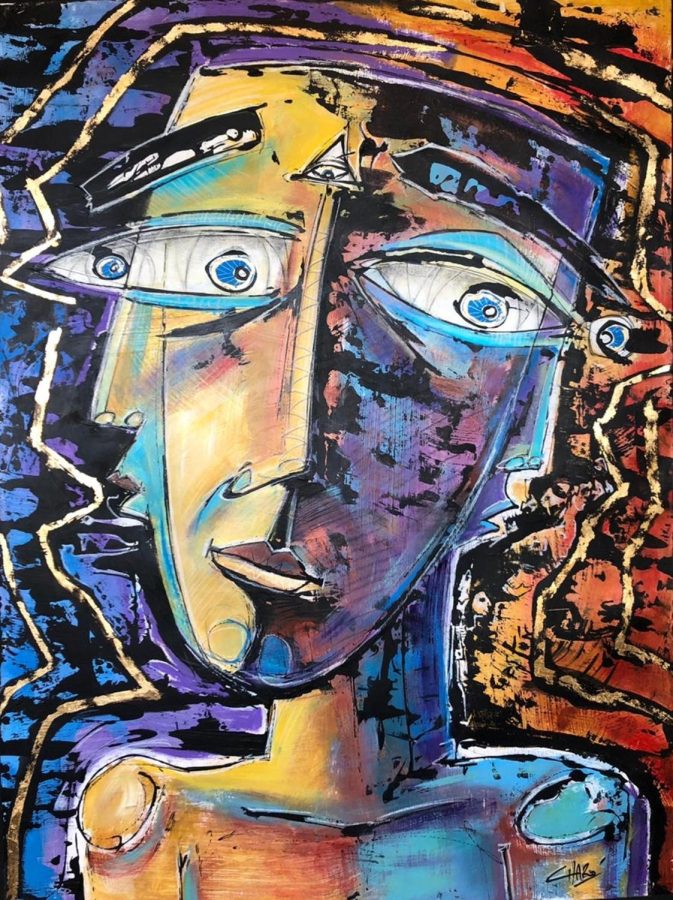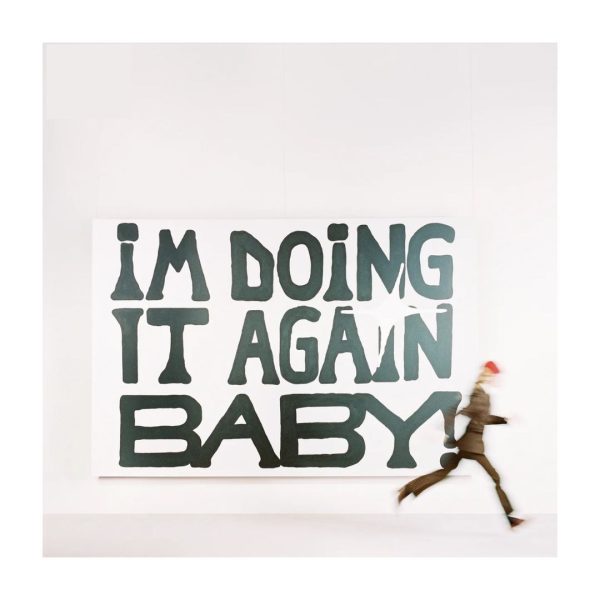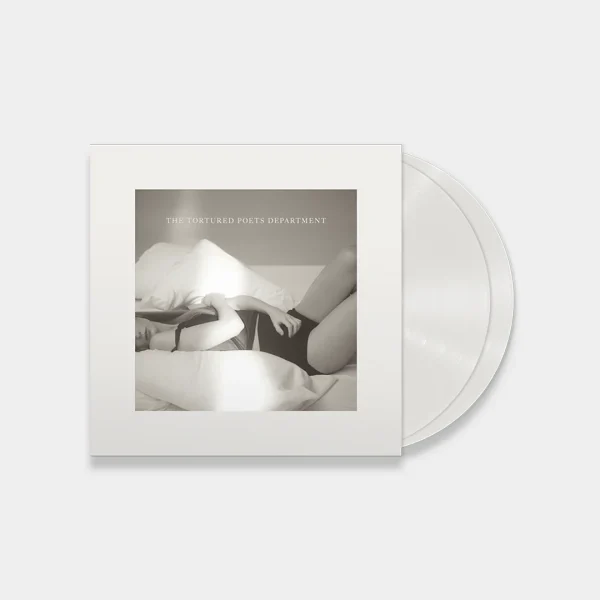Learning to love (art)
I don’t understand art.
I’ve always considered myself to be more of a literary person instead, choosing to find the depth behind words rather than that of a seemingly meaningless swipe of color. In fact, I had trouble finding the passion in anything that I didn’t understand until recently when a close friend of mine proudly displayed a song that he had written, produced and recorded all on his own. Although I couldn’t immediately understand how the song could bring him to near-tears, I found myself wanting to feel that pull as well. Naturally, I decided to devote my time to finding the passion that artists had hidden in their pieces in hopes of feeling a bit of it myself.
Quickly after beginning my research, I found myself drawn to physical art — I considered it significantly easier to pick the details out of a piece when I could see them all laid out in front of me. In doing so, I promptly began to realize the few key details to look for in every art piece.
My first tip is to pay close attention to initial reactions when gaging a work. When experienced viewers look at paintings, they feel emotions such as astonishment, disgust or even anger. In viewing Edward Calvert’s Pastorale virgilienne, I first noticed that I felt invited into a sense of serenity. By using this strategy, analysts are able to discover what feeling an artist had hoped to invoke within their audience. But why did the artist want to make their audience feel a certain way?
Although I have yet to shed tears over a piece, I now have a blossoming hope that I will find a piece that resonates with me as deeply as a single song did to my close friend.
Researching background information about the artist or time period can aid a viewer in their discoveries, as they are able to know what the artist is trying to accomplish before fully deep-diving into the composition of the piece.
The next step to decoding any piece is to look at its makeup. When looking at any artwork, especially if it’s intricately detailed, it can be difficult to take note of all of its complexities. An experienced examiner does not need to look at every brushstroke to get the gist of an artwork. Look for thick lines or light brushes of paint — how do they contribute to the main piece? After looking closely at Adolphe Henry Dubasty’s David tenant la tête de Goliath, I sharply concluded that the thinly drawn ribs on the frontrunner’s chest present him as an unexpected and worn-out champion, a message that might have been missed otherwise. Catching the small details is integral to art discovery because they allow analysts to uncover the larger hidden truths behind any well-made piece of art.
The last piece of advice (and arguably the most important) encourages the examiner to look into the technique. As someone who knows next to nothing about creating a piece herself, even I can clearly tell when artwork appears sloppy and thrown together or meticulously detailed. However, an analyst should note that even when a painting looks unfinished, it is likely that the artist did it on purpose to contribute to the meaning behind their artwork. In one untitled painting by Gastón Charó, the messy style that encompasses the painting is actually the strongest indicator of the piece’s true meaning. Plainness often symbolizes simplicity, intricacy can stand for nobility, and laziness may showcase freedom — in truth, it all comes down to how the viewer sees the piece.
Although I have yet to shed tears over a piece, I now have a blossoming hope that I will find a piece that resonates with me as deeply as a single song did to my close friend. To appreciate art is to fully give in to what it makes a person feel — as long as a viewer is able to approach an art piece with an inquisitive nature and open heart, they will discover the passion that all artists hope to invoke in any curious protege.
To try some of these tips out for yourself, click here to read about my virtual trip to the Louvre!















john doe • Feb 6, 2022 at 8:43 pm
this is so epic